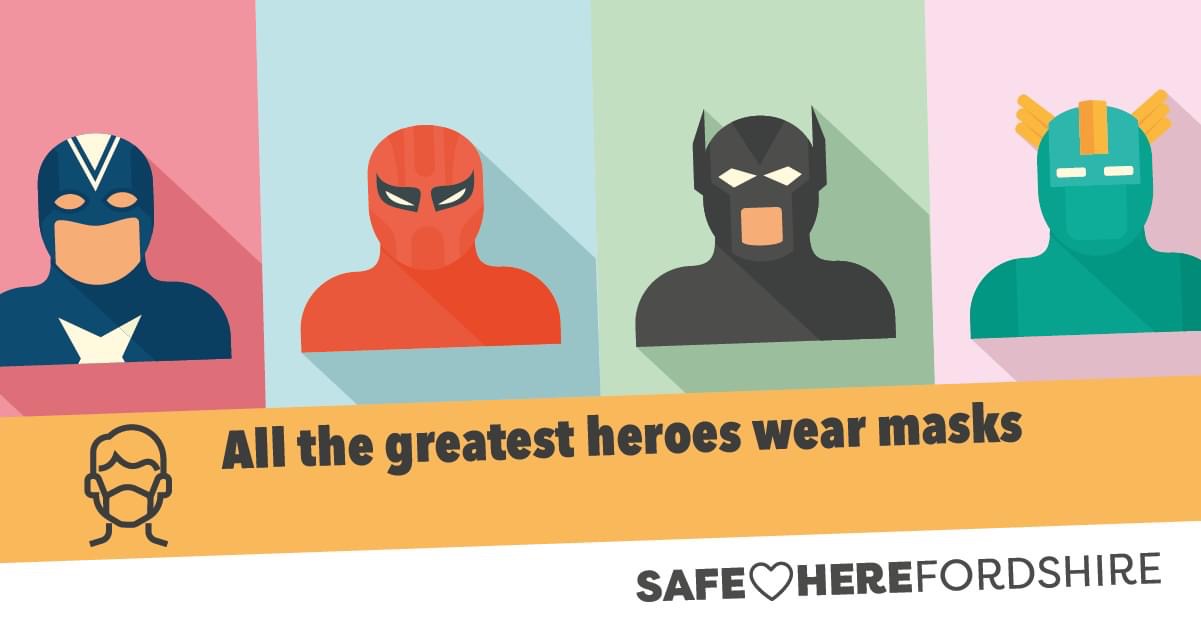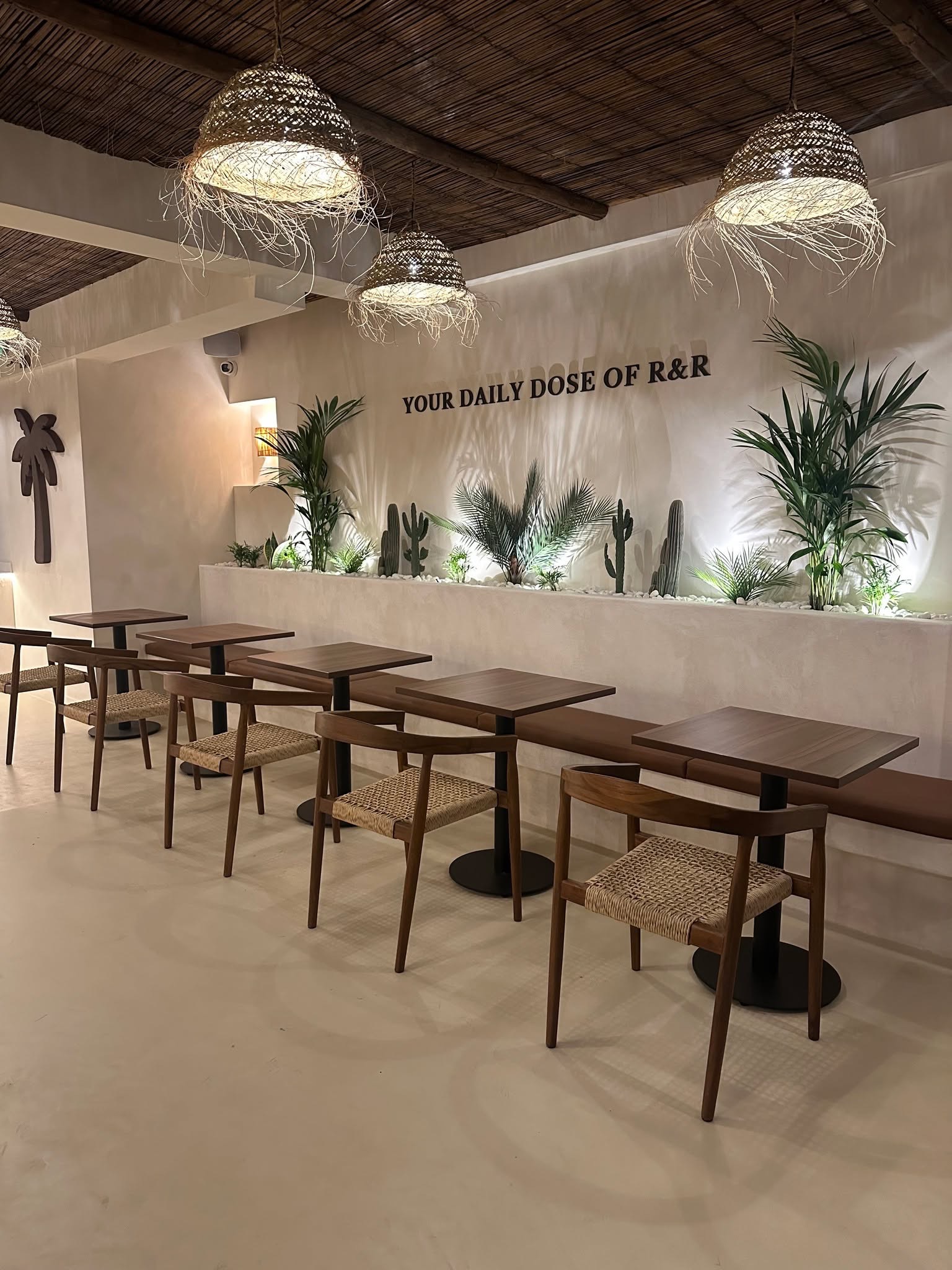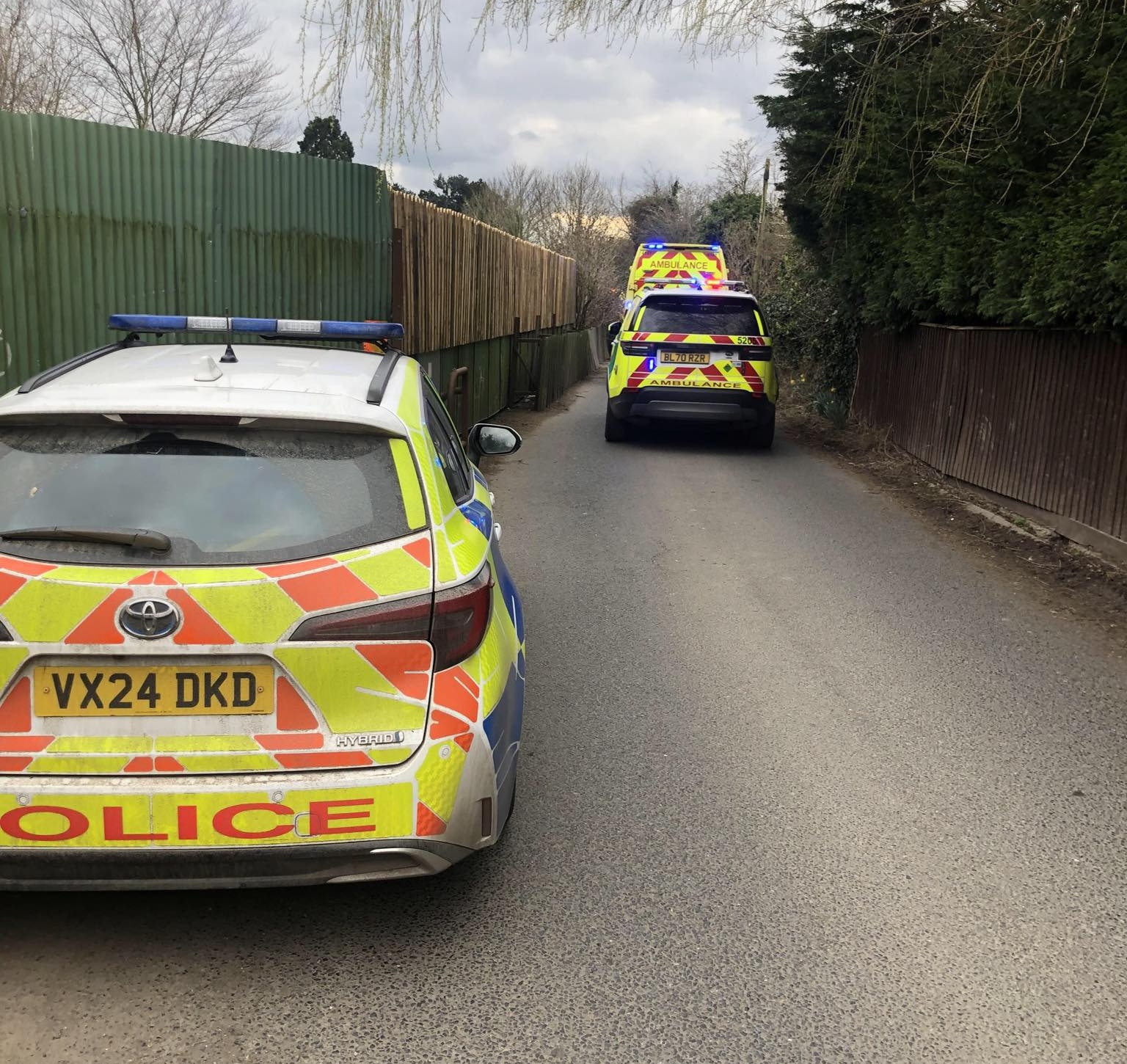1. What is a face covering?
In the context of the coronavirus (COVID-19) outbreak, a face covering is something which safely covers the nose and mouth. You can buy reusable or single-use face coverings. You may also use a scarf, bandana, religious garment or hand-made cloth covering but these must securely fit round the side of the face.
Face coverings are not classified as PPE (personal protective equipment) which is used in a limited number of settings to protect wearers against hazards and risks, such as surgical masks or respirators used in medical and industrial settings.
Face coverings are instead largely intended to protect others, not the wearer, against the spread of infection because they cover the nose and mouth, which are the main confirmed sources of transmission of virus that causes coronavirus infection (COVID-19).
If you wish to find out more about the differences between surgical face masks, PPE face masks, and face coverings see the MHRA’s (Medicines and Healthcare products Regulatory Agency) regulatory status of equipment being used to help prevent coronavirus (COVID-19).
2. The reason for using face coverings
Coronavirus (COVID-19) can spread predominantly by droplets from coughs, sneezes and speaking. These droplets can also be picked up from surfaces, if you touch a surface and then your face without washing your hands first. This is why social distancing, regular hand hygiene, and covering coughs and sneezes is so important in controlling the spread of the virus.
The best available scientific evidence is that, when used correctly, wearing a face covering may reduce the spread of coronavirus droplets in certain circumstances, helping to protect others.
Because face coverings are mainly intended to protect others, not the wearer, from coronavirus (COVID-19) they are not a replacement for social distancing and regular hand washing. It is important to follow all the other government advice on coronavirus (COVID-19) including staying safe outside your home. If you have recent onset of any of the most important symptoms of coronavirus (COVID-19):
- a new continuous cough
- a high temperature
- a loss of, or change in, your normal sense of smell or taste (anosmia)
you and your household must isolate at home: wearing a face covering does not change this. You should arrange to have a test to see if you have COVID-19.
3. How to wear a face covering
In addition to the guidance below the UK’s Health and Safety Executive website provides guidance on wearing face coverings.
A face covering should:
- cover your nose and mouth while allowing you to breathe comfortably
- fit comfortably but securely against the side of the face
- be secured to the head with ties or ear loops
- be made of a material that you find to be comfortable and breathable, such as cotton
- ideally include at least two layers of fabric (the World Health Organisation recommends three depending on the fabric used)
- unless disposable, it should be able to be washed with other items of laundry according to fabric washing instructions and dried without causing the face covering to be damaged
When wearing a face covering you should:
- wash your hands thoroughly with soap and water for 20 seconds or use hand sanitiser before putting a face covering on
- avoid wearing on your neck or forehead
- avoid touching the part of the face covering in contact with your mouth and nose, as it could be contaminated with the virus
- change the face covering if it becomes damp or if you’ve touched it
When removing a face covering:
- wash your hands thoroughly with soap and water for 20 seconds or use hand sanitiser before removing
- only handle the straps, ties or clips
- do not share with someone else to use
- if single-use, dispose of it carefully in a residual waste bin and do not recycle
- if reusable, wash it in line with manufacturer’s instructions at the highest temperature appropriate for the fabric
- wash your hands thoroughly with soap and water for 20 seconds or use hand sanitiser once removed
4. When to wear a face covering
Different regulations exist for wearing face coverings in different parts of the UK about which you can find out more on devolved government websites:
In England, you must by law wear a face covering in the following settings:
- Public Transport
- Shops and Supermarkets as of 24 July 2020
Measures can be taken if people do not comply with this law. Transport operators can deny service or direct someone to wear a face covering. If necessary, the police and Transport for London authorised officers can issue fines of £100 (halving to £50 if paid within 14 days). Shops and supermarkets will be expected to encourage compliance with the law (as they would do more generally) and can refuse entry. In both cases, if necessary, the police have the powers to enforce these measures, including through issuing a fine of £100 (halving to £50 if paid within 14 days).
You are also strongly encouraged to wear a face covering in other enclosed public spaces where social distancing may be difficult and where you come into contact with people you do not normally meet.
5. Exemptions to wearing a face covering where they are mandated
In settings where face coverings are mandated in England, there are some circumstances, for health, age or equality reasons, whereby people are not expected to wear face coverings in these settings. Please be mindful and respectful of such circumstances noting that some people are less able to wear face coverings.
It is not compulsory for shop or supermarket staff to wear face coverings, although employers should consider recommending their use where appropriate and where other mitigations are not in place. For example, there will be times when screens or visors are in use, or when a staff member is not in close proximity to people they do not normally meet, and so wearing a covering for staff will not be necessary. Employers should continue to follow COVID-19 secure guidelinesto reduce the proximity and duration of contact between employees.
You do not need to wear a face covering if you have a legitimate reason not to. This includes:
- young children under the age of 11
- not being able to put on, wear or remove a face covering because of a physical or mental illness or impairment, or disability
- if putting on, wearing or removing a face covering will cause you severe distress
- if you are travelling with or providing assistance to someone who relies on lip reading to communicate
- to avoid harm or injury, or the risk of harm or injury, to yourself or others
- to avoid injury, or to escape a risk of harm, and you do not have a face covering with you
- to eat or drink, but only if you need to
- to take medication
- if a police officer or other official requests you remove your face covering
There are also scenarios when you are permitted to remove a face covering when asked:
- If asked to do so by shop staff for the purpose of age identification
- If speaking with people who rely on lip reading, facial expressions and clear sound. Some may ask you, either verbally or in writing, to remove a covering to help with communication
For exemptions in different parts of the UK please refer to the specific guidance for Northern Ireland, Scotlandand Wales.
6. Face coverings at work
There is no universal face coverings guidance for workplaces because of the variety of work environments in different industries. The Department for Business, Energy and Industrial Strategy (BEIS) has provided detailed guidance for specific workplace settings. Employers must make sure that the risk assessment for their business addresses the risks of COVID-19 using BEIS guidance to inform decisions and control measures including close proximity working.
As a general rule, it is important to note that coronavirus (COVID-19) is a different type of risk to the risks normally faced in a workplace and needs to be managed through a hierarchy or system of control including social distancing, high standards of hand hygiene, increased surface cleaning, fixed teams or partnering, and other measures such as using screens or barriers to separate people from each other.
These measures remain the best ways of managing risk in the workplace, but there are some circumstances when wearing a face covering may be marginally beneficial and a precautionary measure; this will largely be to protect others and not the wearer. If employees choose to wear a face covering, normal policies relating to occupational workwear and PPE will continue to apply.
7. Buying and selling face coverings
In the UK, face coverings are being sold by a large number of retailers online and in store. Details of a product’s conformance to any standards can be found under the product details section online, or on the packaging or label of the covering itself. The Office for Product and Safety Standards (OPSS) guidance for manufacturers and sellers of face coverings can be accessed here.
Due to the complexity of the different contexts in which Covid-19 can spread and the rapidly changing and growing evidence base on the effectiveness of face masks and coverings, there are currently no UK product standards for face coverings.
The European Committee for Standardization (CEN) approved a Workshop Agreement on 17 June with performance requirements, methods of testing and uses of community face coverings. This was created under the stewardship of AFNOR (the French national organization for standardization), who published a French specification for “barrier masks” intended for both mask manufacturers and the public in March 2020.
In June 2020, the British Retail Consortium (BRC) released a specification for Textile Barrier Face Coverings designed for both disposable and reusable coverings. The specification sets out the design, performance and chemical requirements of coverings, as well as labelling instructions. The performance requirements do not include tests for filtration efficiency which are incorporated under the CEN & AFNOR guidelines.
The British Standards Institute will not be creating a separate standard and intend to adopt the CEN Workshop Agreement. Copies of both the CEN and AFNOR documents are freely available for the public to download.
8. Making your own face covering
If you want to make your own face covering, instructions are widely available online. We do not endorse any particular method but be considerate of materials and fabrics that may irritate different skin types.
Emerging evidence suggests that the risk of transmission may be reduced by using thicker fabrics or multiple layers. However, the face covering should still be breathable.
Children should make face coverings under the supervision of an adult and face coverings for children should be secured to the head using ear loops only.
If you would like more information on how to make a face covering with materials from around your home please visit the Big Community Sew website. Here you will find step-by-step video tutorials on how to make face coverings and other useful tips and advice.
9. Maintaining and disposing of face coverings
Do not touch the front of the face covering, or the part of the face covering that has been in contact with your mouth and nose.
Once removed, store reusable face coverings in a plastic bag until you have an opportunity to wash them. If the face covering is single use, dispose of it in a residual waste bin. Do not put them in a recycling bin.
Make sure you clean any surfaces the face covering has touched using normal household cleaning products. If eating in a restaurant, for example, it is important that you do not place the face covering on the table.
Wash your face covering regularly and follow the washing instructions for the fabric. You can use your normal detergent. You can wash and dry it with other laundry. You must throw away your face covering if it is damaged.
The government has also published guidance on the safe disposing of waste for the public and businesses.




